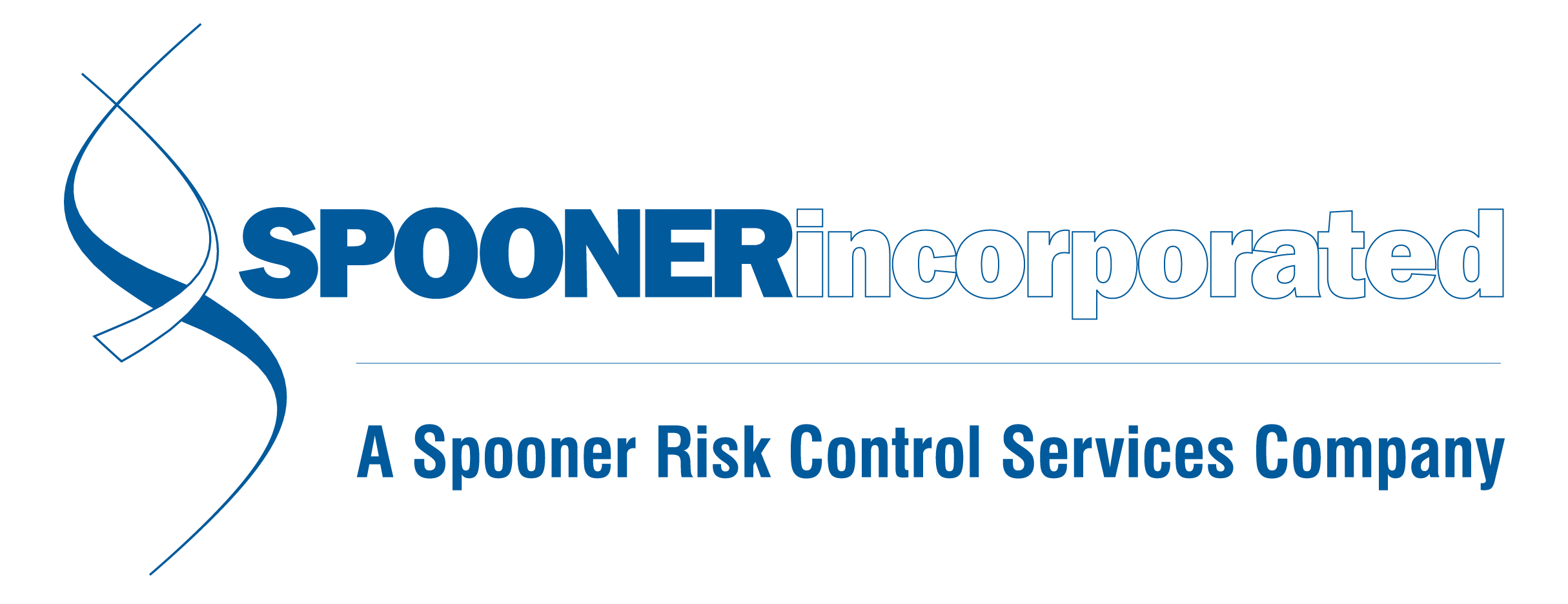News and Updates
Category: Osha Compliance
OSHA's Aggressive Stance Continues
Things aren't slowing down at OSHA. If you feel like they've been mentioned in the news a lot lately, that's because they're keeping very busy. Workplace safety enforcement has added significant manpower and has been much more active than in previous years. Inspections have increased in number, as well as in breadth and depth, which is why it’s a great time to give your company a safety tune-up. There have been plenty of other regulatory distractions for management teams in 2023, which may have led to a reduction in attention to detail with required safety compliance programs. Pair that with the current OSHA administrator's aggressive background as the chief of Cal-OSHA, and your company should have a renewed desire to review OSHA compliance matters. This should include all of your written programs, as well as sub-elements under those programs. When is the last time you updated your health & safety written programs? When is the last time you checked to ensure all of your training is up to date and documented? When is the last time you completed a safety walk-through of your facility, with corrective action taken for any identified discrepancies? What are your compliance weaknesses? (Maybe you're not even sure) What are the underlying safety deficiencies contributing to your workplace injuries, leaving you vulnerable to OSHA penalties, and what are you doing to correct those issues? These a
February 2023 OSHA Update
Secretary of Labor Marty Walsh announced his resignation in early February. At the time of the update, he has not actually stepped down and ideas are being tossed around about his potential replacement. Deputy Secretary of Labor Julie Su is expected to take over as acting secretary, which presents the possibility that she could be our next Secretary of Labor. Regardless of who fills the shoes, OSHA field offices and inspectors will stay busy (see below) – which means employers need to stay diligent. Expansion of combustible dust NEP – This National Emphasis program has now been expanded to the following industries: 311812 – Commercial Bakeries 325910 – Printing Ink Manufacturing 321912 – Cut Stock, Resawing Lumber, and Planning 316110 – Leather and Hide Tanning and Finishing 321214 – Truss Manufacturing 424510 – Grain and Field Bean Merchant Wholesalers The NEP was revised after enforcement reports indicated that wood and food products made up over half of the materials involved in combustible dust fires and explosions. Instance-by-Instance Citations – Also in February, OSHA announced a change in how they may handle enforcement to discourage non-compliance. Instead of grouping citations, Regional Administrators and Area Directors can use their authority to cite each instance of non-compliance separately. These will theoretically be reserved for “high gravity,” serious, and repeated viol
OSHA 300A Submissions
It’s time for employers to submit and post their OSHA 300A. Here are some pointers to guide you through the process. More resources can be found on OSHA.gov. Electronic Submission: Go to https://www.osha.gov/injuryreporting/ Click the red “Launch injury tracking application” button on right and follow the instructions Details: Who - Establishments with 250 or more employees that are currently required to keep OSHA injury and illness records, and establishments with 20-249 employees that are classified in certain industries with historically high rates of occupational injuries and/or illnesses. Visit the OSHA website for list of “certain industries”. What - Covered establishments must electronically submit information from their OSHA Form 300A. When - In 2022, covered establishments must submit information from their completed 2021 Form 300A by March 2. How – OSHA provides a secure website that offers three options for data submission. First, users can manually enter data into a web form. Second, users can upload a CSV file to process multiple establishments at the same time. Last, users of automated recordkeeping systems will have the ability to transmit data electronically via an API (application programming interface). View the CSV instructions Download a CSV file template Download a CSV sample file View the API technical
Surprise, It's OSHA! Dos and Don'ts for Surprise Inspections
Under the new administration, we have already seen a significant difference in approaches compared to the previous ones. Here is a recent example: An employee gets his arm caught in a machine and is hospitalized. Historically, in addition to the standard 5 years of OSHA 300/300A - OSHA would be looking at the machine and requesting the Lock Out/Tag Out (LO/TO) program. Now when OSHA shows up, it may look more like this: They look at the machine, request LO/TO and their written HazCom GHS program, Employee Orientation (onboarding) program, all LO/TO training documentation for Authorized and Affected employees, PPE Hazard Assessments, work instruction/training on machine in question, and Forklift Training Documentation. Is all of this requested material directly related to the incident? Not exactly - but they're going to expect you to supply it, regardless. Having said that, Spooner is encouraging all of our clients to review their OSHA Compliance, which should include all your written programs, sub-elements under those programs, and your facility. If you think you have nothing to worry about, ask yourself this: Once OSHA is in our facility, could we supply all of that requested documentation? Speaking of having OSHA at the door, we get a lot questions (and panicked phone calls) on that subject. To help you navigate that anxiety-inducing situation, here are some basic steps to take if you receive a “surprise” vis



